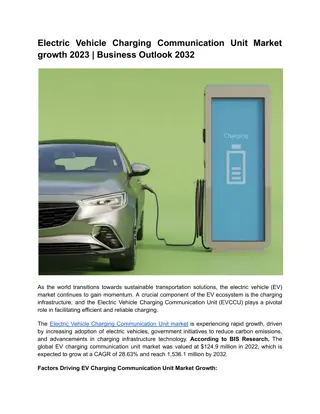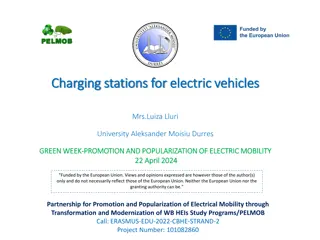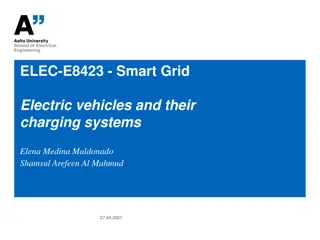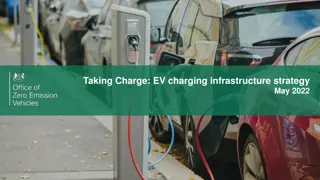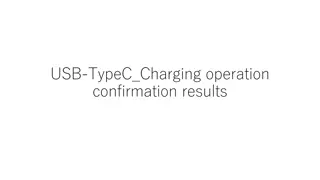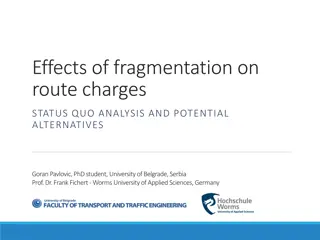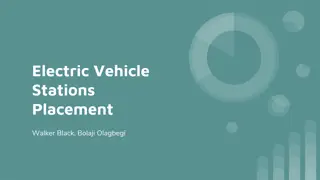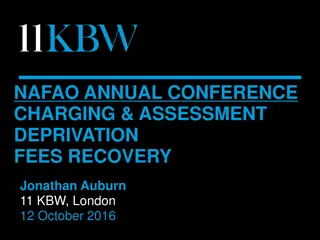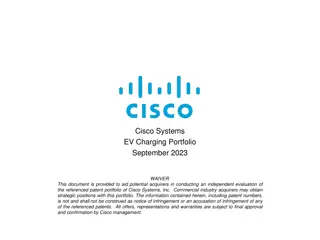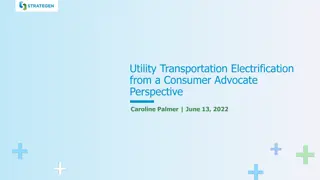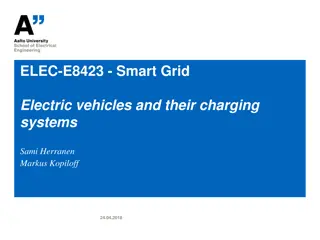National Trends in Charging Children as Adults: Pathways and Strategies
National trends in charging children as adults, including the pathways to the adult system, states reforming automatic transfer statutes, effective strategies to treat children like children, and the overuse of auto-transfer states. Learn about the rates of transfer, the role of district attorneys in changing practices, and the importance of fair prosecution for young offenders.
Download Presentation

Please find below an Image/Link to download the presentation.
The content on the website is provided AS IS for your information and personal use only. It may not be sold, licensed, or shared on other websites without obtaining consent from the author.If you encounter any issues during the download, it is possible that the publisher has removed the file from their server.
You are allowed to download the files provided on this website for personal or commercial use, subject to the condition that they are used lawfully. All files are the property of their respective owners.
The content on the website is provided AS IS for your information and personal use only. It may not be sold, licensed, or shared on other websites without obtaining consent from the author.
E N D
Presentation Transcript
National Trends in Charging Children as Adults Maryland JJRC Marcy Mistrett, Senior Fellow July 20, 2021
Pathways to the Adult System All 3 branches of Government have the authority to send children to adult court; most states utilize two or more: Judicial Waiver (45 states) Statutory Exclusion ( 26 states) Prosecutor Discretion (13 states) Jurisdictional Boundary below 18 years (3 states) Once an Adult Laws (35 states)
States Are Rapidly Reforming the Automatic Transfer Statutes (26 states changed laws)
Effective Strategies to Treat Children Like Children Striking one (or more) pathways into adult court CA, FL, IL, KS, KY, OR, RI, VT Raising the Floor (removing youngest children from eligibility) CA, CO, CT, DE, IL, KS, NE, NJ, NV, TN, UT, VA Narrowing eligible charges CO, CT, DE, IL, ME, NE Expanding Reverse Waiver/Transfer AZ, IN, MD, NE, OH, TX, VT Eliminate/Restricts Once an Adult VA, WA
Overuse of Auto Transfer States have shrunk their use of automatic transfer; we have gone from 15k down to under 10k per year (2015) over the past decade. The Youth Justice system has the skills, staff and knowledge to handle these children. Charge does not drive dangerousness or risk to public safety; must look at the whole child. Starting kids in adult system and then returning them to juvenile exacerbates trauma and recidivism. Only 9 states send more than 200 kids to the adult court every year.
District Attorneys Are beginning to Change Practice Report of the U.S. Attorney Generals National Task Force on Children Exposed to Violence (2012): 6.9 Whenever possible, prosecute young offenders in the juvenile justice system instead of transferring their cases to adult courts. National Juvenile Prosecution Standards of NDAA (2016): 4-11.7 Transfer to Criminal Court The transfer of cases to criminal court should be reserved for the most serious, violent, and chronic offenders. Prosecutors should make transfer decisions on a case-by-case basis and take into account the individual factors of each case including, among other factors, the gravity and violent nature of the current alleged offense, the record of previous delinquent behavior of the juvenile charged, and the availability of adequate treatment, services and dispositional alternatives in juvenile court. Fair & Just Prosecution: Treat kids like kids. It s not only good common sense, but good public policy (2019) 100 Legal Scholars Support Treating Children Like Children (2019)
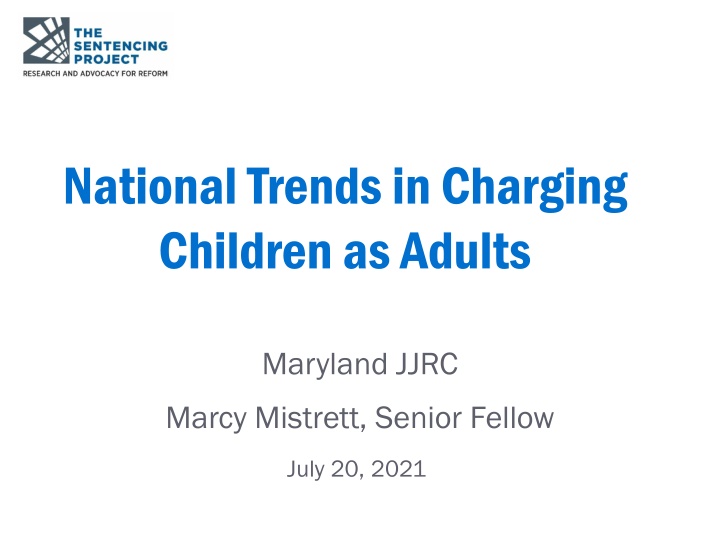

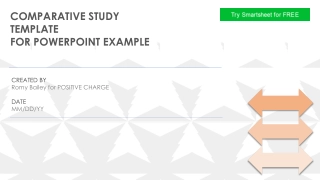

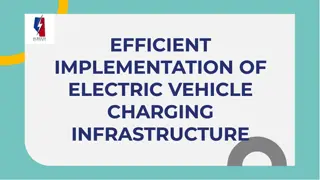

![Long-Range Wireless Charging Market Report & Analysis _ BIS Research [2024-2035]](/thumb/87166/long-range-wireless-charging-market-report-analysis-bis-research-2024-2035.jpg)




